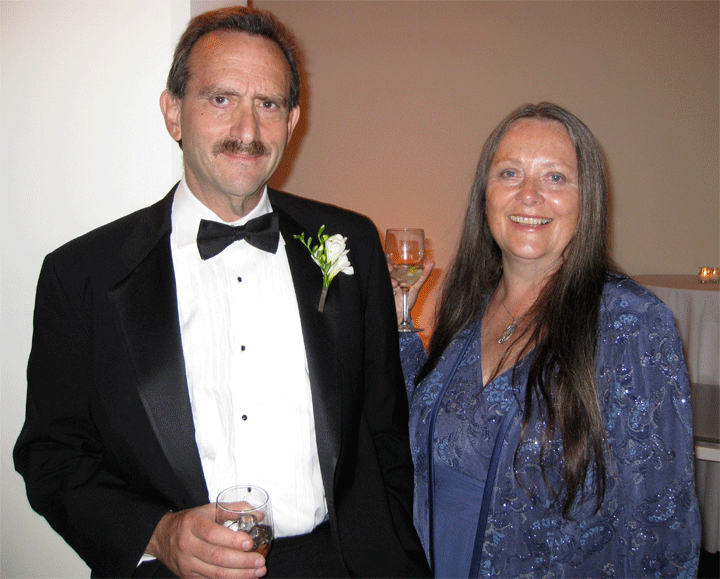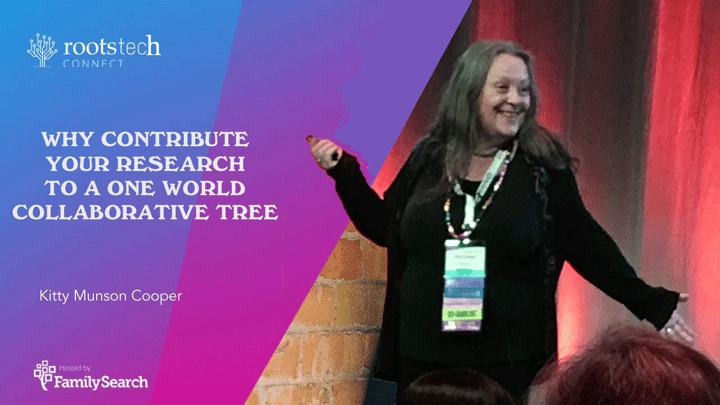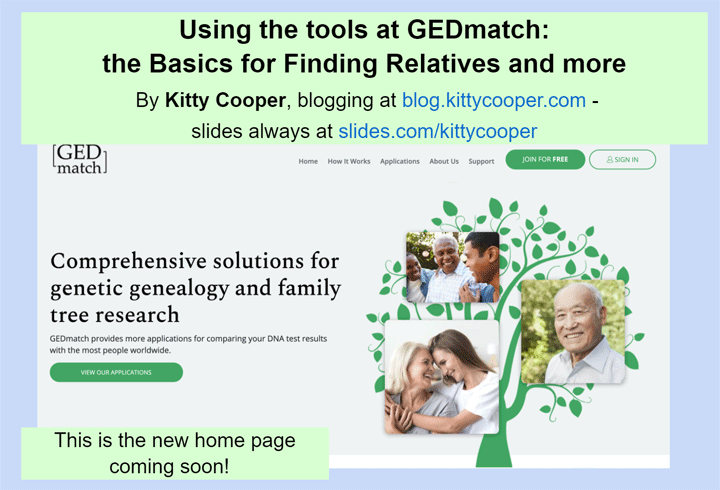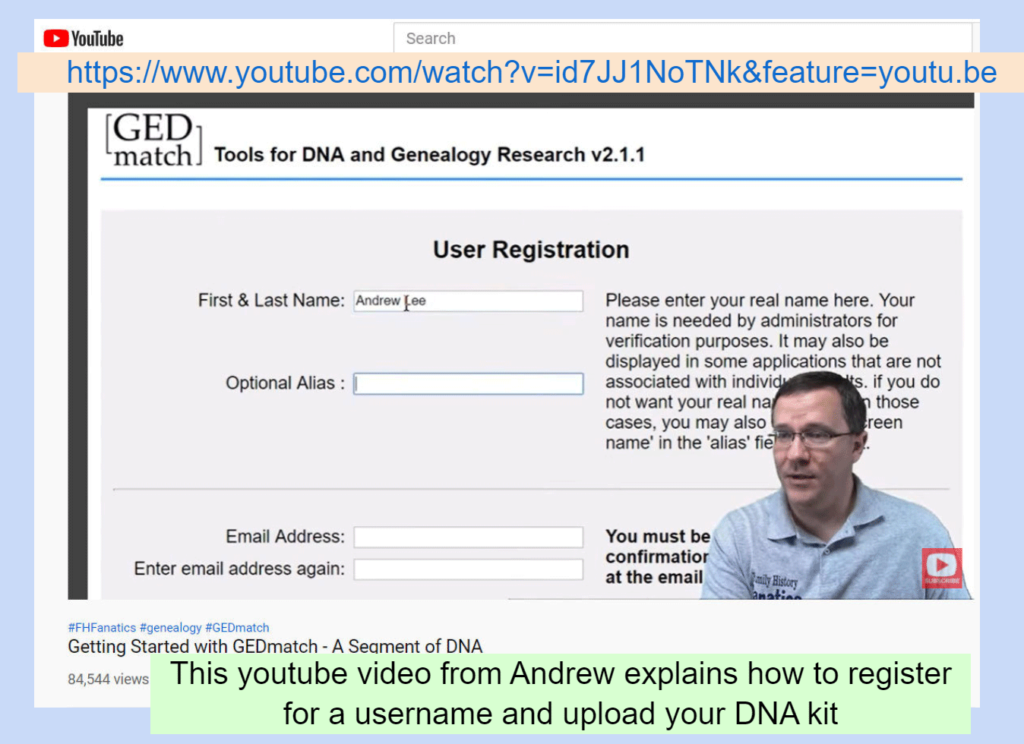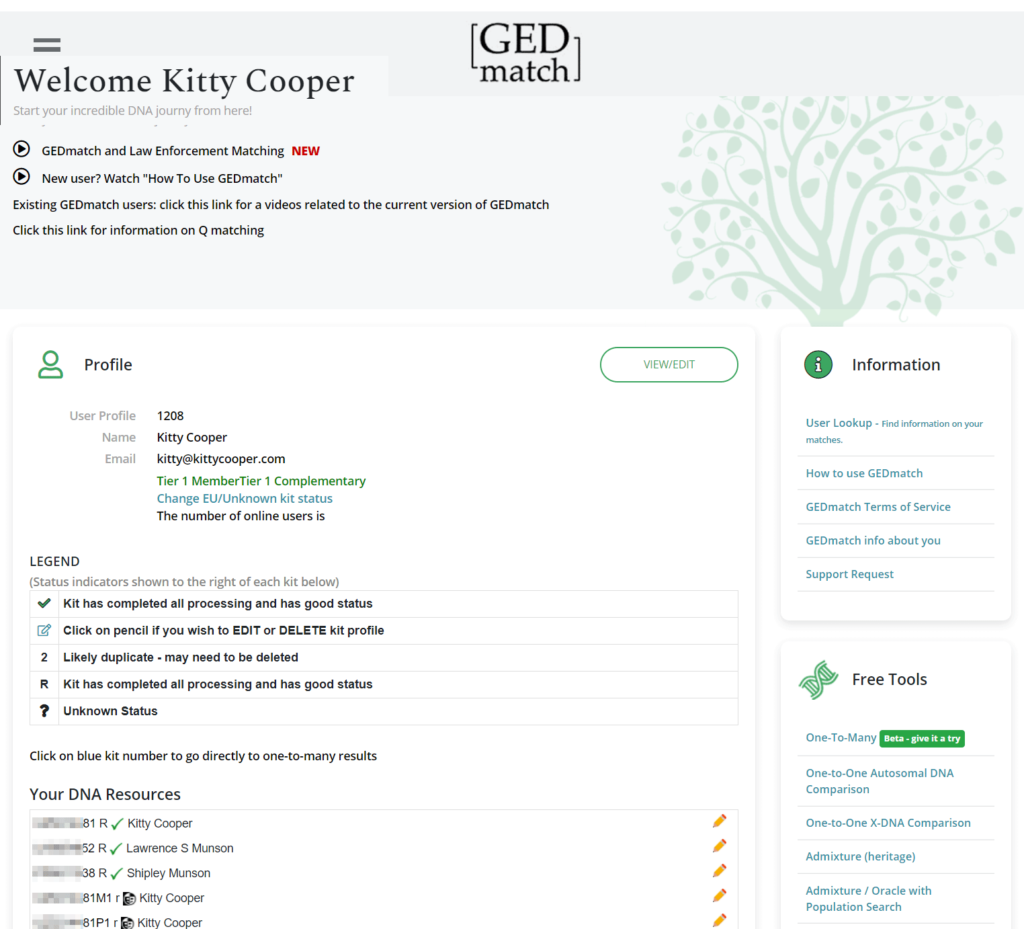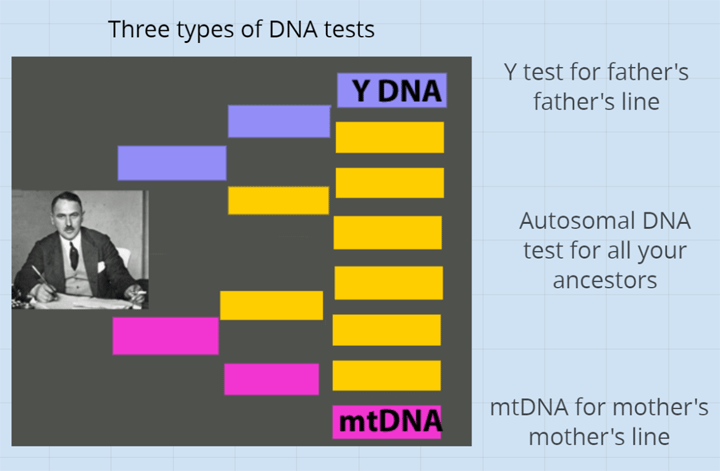It is time to update my recommendations on dealing with Ashkenazi Jewish DNA, the DNA of those who are Jewish of Northern European origin, often abbreviated AJ. The usual goals of DNA testing are to find out where your ancestors were from, to find cousins who might have good family stories, to confirm your paper genealogy, and perhaps to check on health issues. There are some special considerations for AJ DNA.
First, for Ashkenzi Jews, the ethnicity results are usually not very useful as they look like this:
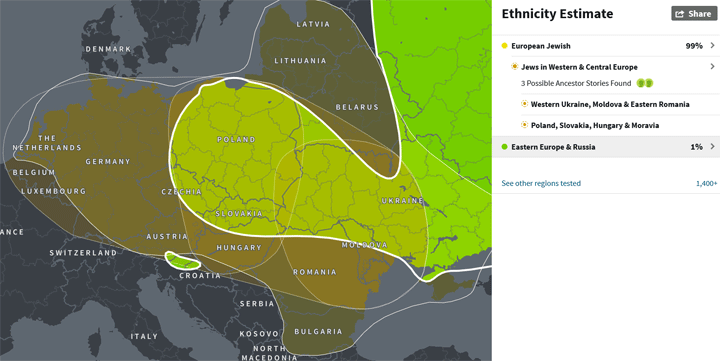
Typical Ashkenazi Jewish DNA Origins as shown at Ancestry.com
Of course for some with a larger than 2% non-Jewish percentage, it can confirm a non-Jewish ancestor.
Another deep ancestry goal for the Jewish male is to confirm or look for Cohanim or Levite roots. If your Y haplogroup belongs to one of those (see below) then best to do full Y testing over at Family Tree DNA which has projects for Levites and various Cohen groups. 23andme gives you your high level haplogroup but the other testing companies do not. If you tested elsewhere, click here and scroll end of this article to learn how to get your Y haplogroup: Why Y?.
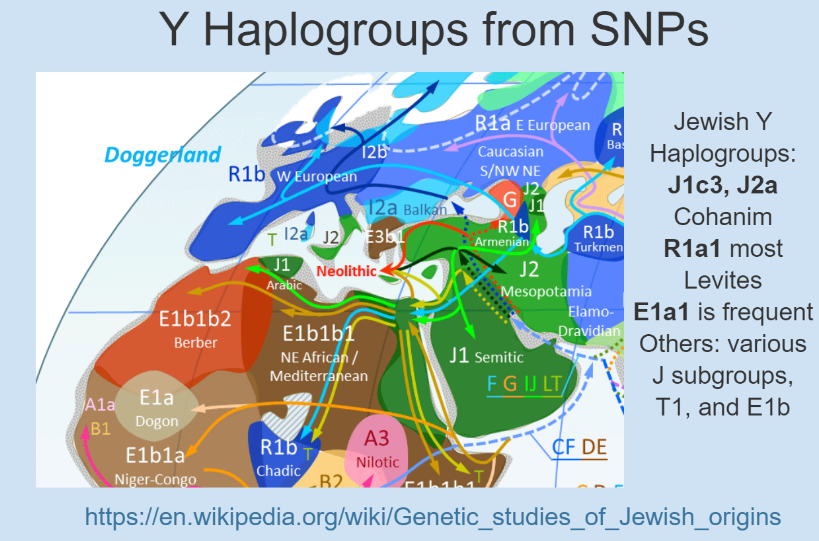
Slide on Jewish Y Haplogroups – image from a Y haplogroup crative commons image at wikipedia, no longer available
Finding relatives is difficult because all of us Ashkenazim are related multiple times, both way back when and more recently. Most AJs look like 4th or 5th cousins to each other even when that is not the case. Cousin marriages, uncle-niece marriages, and other close family marriages abound in our trees. In my own family, on my Jewish line, my great grandmother fixed up her sister with her husband’s brother to get that dowry for the family business so I have double third cousins. Click here for my article from back in 2014 that suggested that we are all descended from 350 people in the 1300s.
This means the Shared Matches feature at Ancestry is useless to us because it does not show how the two matches are related to each other and that can be quite distant [UPDATE: 26-Apr-2025: With Ancestry’s new pro tools you can see how your matches are related to each other]. Both MyHeritage and 23andme are kind enough to show how the shared matches are related to each other.
Continue reading →
